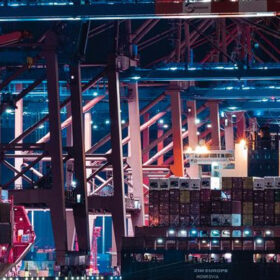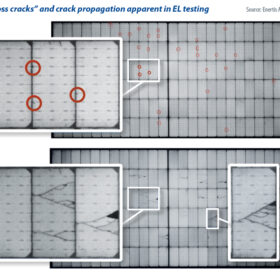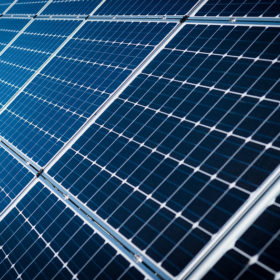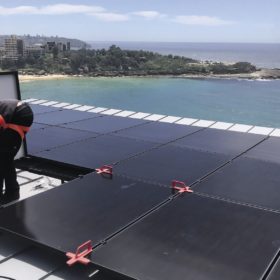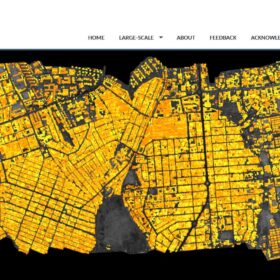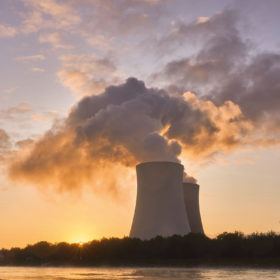Getting real on forced labor
While few can doubt the emission-reduction might of solar; forced- and child labor in clean power supply chains is becoming a hot issue, which is why the EU is mulling a ban on goods proven to have traces of such labor practices. Diana Zadorozhna, a partner at renewables consultancy Everoze, looks at what companies can do to prepare for forced-labor legislation.
Remembering Shri Pranav Mehta
National Solar Energy Federation of India (NSEFI) founder and chairman Pranav Mehta died on Dec. 15, leaving a void in the industry. His vision helped establish India as a global solar leader and his contribution to the sector laid the foundation for the world’s fastest-growing solar economy.
Bigger modules, bigger headaches?
The debate continues over whether super-sized, high-power solar modules are a good thing for the industry and they appear to be here to stay. Vicente Parra and James Whittemore, from Enertis Applus+, consider the pitfalls to avoid when designing high-power solar projects.
Is it time to repower?
America’s booming solar industry has hit a major speed bump due to supply-chain disruption and the inflationary pressures driven by Covid, war in Ukraine, and trade restrictions with China. As a result, utility scale solar deployment dipped 40%, year-on-year, in 2022.
Making the business case for solar-plus-storage
Much has been said about the benefits installing solar and batteries can offer to businesses but, as companies face mounting input cost inflation, is the upfront investment too much to bear or have volatile electricity costs made the decision a no-brainer?
Minigrids edging closer to profitability
The minigrid space continues to attract a lot of attention from development partners in Africa. Minigrids can actually generate profits, so there is no doubt that commercial finance players will eventually jump on the bandwagon, according to the Africa Solar Industry Association (AFSIA).
IRENA SolarCity Simulator to drive economic opportunities, improve healthcare
The International Renewable Energy Agency (IRENA) explains how to optimally use its SolarCity Simulator, an open-access platform designed to help member countries to deploy PV systems at the municipal level.
Fortune favors the brave
The renewables industry fears that the new energy bill that the French government is preparing could make clean power generation even tougher. However, solar analyst Xavier Daval says that betting everything on the nation’s nuclear power fleet is a risky strategy.
Assessing the area intensity of PV
Solar is wrongly perceived by some people to be an area-intensive energy generation technology requiring much more space than conventional fossil-fuel power plants.
Get what you pay for
Clean Energy Associates (CEA) has calculated the price premium that solar developers will swallow in return for the levelized cost of energy (LCOE) savings offered by the latest generation of high-efficiency PV panels.
